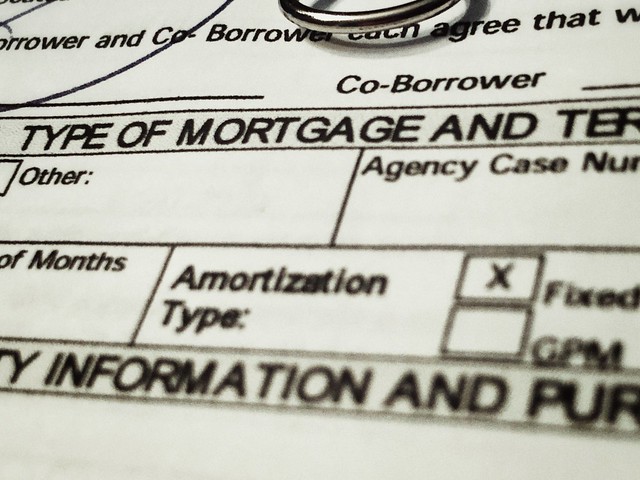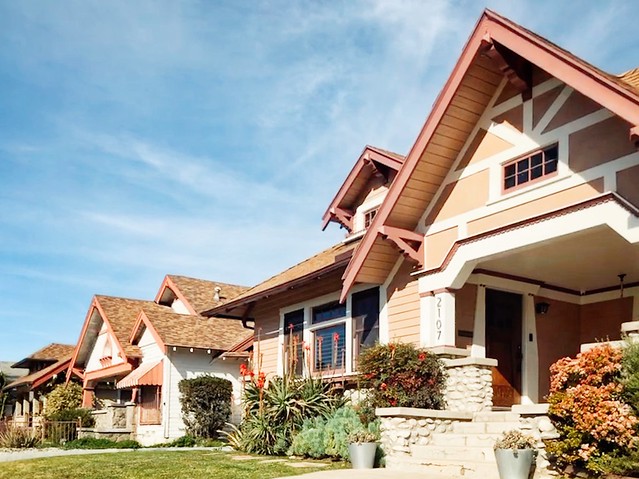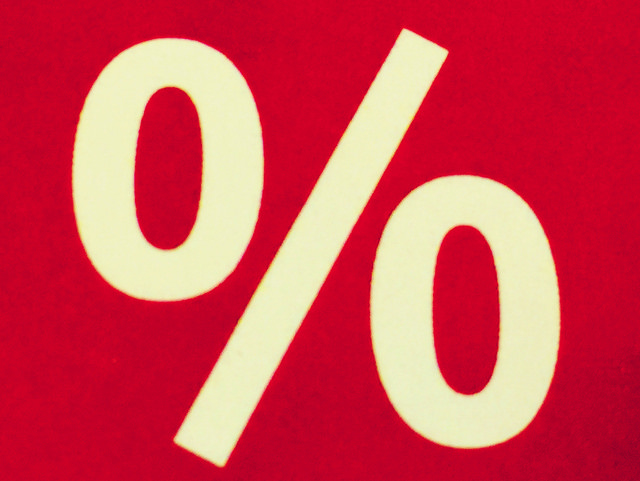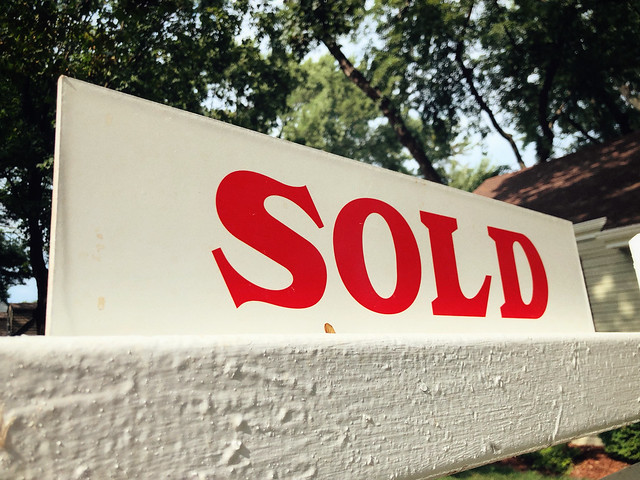Fannie Mae’s most recent Home Purchase Sentiment Index finds Americans optimistic about mortgage rates. In fact, the survey – which asks respondents for their opinions on buying and selling a home, mortgage rates, home prices, their job, and their financial situation – found 36 percent of participants say they expect mortgage rates to fall over the next 12 months. That’s an all-time survey high and it helped push overall housing market sentiment to its highest level in two years. Doug Duncan, Fannie Mae’s senior vice president and chief economist, says Americans are feeling better about the market. “Mortgage rate optimism increased markedly again in January, with a survey-high percentage of consumers anticipating mortgage rate declines over the next year,†Duncan said. “For the first time in our National Housing Survey’s history, a greater share of consumers believe mortgage rates will decrease over the next year, rather than increase. Consumers also expressed greater confidence in their job situations this month, another sign that housing sentiment may continue to improve in 2024.†(source)













